Low FODMAP Tea Options – Which Tea is Best?
Low FODMAP Diet Overview
It seems like daily there is a new food trend or diet to try, so you may be wondering, what is low FODMAP? Why would I try it? To be clear, it’s not a fad diet or a means to weight loss. Instead, it’s an attempt to mitigate digestive issues.
FODMAP stands for fermentable oglio-, di-, mono-saccharides and polyols. Woah, but what does that mean? These are scientific terms to classify groups of carbohydrates that commonly trigger digestive issues like bloating, gas, and stomach pain.
Foods included in this list of no-noes are wheat, rye, garlic, onions, milk, yogurt, figs, mangoes, honey, blackberries, avocados, and more. Now, don’t run away entirely from these ingredients. There are plenty of high FODMAP foods that you can enjoy with a low FODMAP serving size. Cheers to that!
While some may be low FODMAP experts by now, others may need a little help discerning what they can still eat –– and drink –– that won’t irritate their digestive issues.
At Tiesta Tea, we believe in providing premium loose leaf tea and ingredients that smell good, taste good, and do good –– including in the body. So, we’re here to break down which Tiesta Tea blends you can enjoy on the low FODMAP diet.
Which Teas Pass the Low FODMAP Test?
It’s important to know that the best source for your FODMAP questions is the developer of the diet, Monash University. They routinely lab test foods to assign a label of red light (high FODMAP), yellow light (moderate FODMAP content), and green light (low FODMAP content).
That said, we’ve done our best to round up the information here including which teas you can drink. That means the types of tea from the Camellia sinesis plant, like green, black, and white, as well as evaluating herbal teas, and the ingredients in blends. At Tiesta Tea, we are tea enthusiasts, not doctors or scientists, so please check with your registered dietician or other healthcare professional.
Is Green Tea Low FODMAP?
Green tea gets a matching green light from Monash’s system! That means it is a safe bet for a low FODMAP diet. Cheers to that! Some loose leaf green tea blends that are no brainers for enjoying, even during your elimination phase, include our Chinese Jasmine and Chinese Gunpowder.
Other blends that pass the low FODMAP test may surprise you. For instance, our Peaches ‘n Green is safe to drink. Yes, even though peaches are high FODMAP. Why? Because yellow peaches are still a low food in moderation; 30 g. is the serving size for a green light designation. That’s a surprising amount of peaches, and we have much, much less than that in our blend. So, you’re in the clear!
As always, our specific blends have not been tested by Monash University. However, using the skills gained from your registered dietician and the Monash app, you can deduce which teas are safe to drink, based on where their ingredients fall in the green light, yellow light, red light system.
Is Hibiscus Tea Low FODMAP?
Like many other herbal teas, hibiscus tea (and hibiscus itself) remains untested. The general advice for any untested teas or foods is to treat them as high FODMAP. That means reading the ingredient list carefully, paying attention to what is in the tea blend as well as how much.
For instance, while apple is generally a big no-no for a low FODMAP diet, the serving size matters greatly. So, no, you can’t eat an entire apple. But you can have 20-25 grams (depending on the variety of apple). In any serving of tea, even those with dried apple, you are not going to exceed that amount and therefore need not skip enjoying that blend!
Is Ginger Tea Low FODMAP?
Ginger passes the low FODMAP test! In fact, according to Monash University, there were no FODMAPs detected in ginger. On top of that, ginger has been long known to help support the digestive system, so it’s potentially really beneficial for those struggling with digestive issues.
Some ginger based teas at Tiesta Tea include Lemon Ginger Turmeric, Citrus Detox, and Ginger Sweet Peach. Lemon Ginger Turmeric should a great option for those on a low FODMAP diet. Turmeric is a powerful anti-inflammatory agent that’s particularly helpful for those struggling with IBS.
Ginger Sweet Peach could potentially be a great option for you. The mango, apple, peach cubes are significantly lower in quantity than what’s considered high FODMAP. Citrus Detox is up for debate, since many of its ingredients have not yet been tested. It’s recommended you wait to introduce those unknowns.
Is White Tea Low FODMAP?
White tea is safe to drink on your elimination phase, or at any time. Steep for an appropriate amount of time and enjoy! One note to remember, honey is not low FODMAP, so if you’re accustomed to sweetening your white tea with honey, you’ll need to make an adjustment. Luckily, white tea is generally slightly sweet. It also pairs well with lemon, so give that a try for a low FODMAP stir-in. As always, cane sugar is safe to consume for low FODMAP dieters.
Is Black Tea Low FODMAP?
Black tea can still be enjoyed on the low FODMAP diet, but how you brew it is important. While typically, black tea should be brewed at 195° F for 3-5 minutes, we do not advise this as part of a low FODMAP diet. Instead, you must opt for weak black tea. In fact, according to Monash University, the recommended amount of time to steep your tea is under one minute. While this may inhibit some of the full flavors and benefits of your favorite blends (and we feel your pain here!), it’s more important to keep your health in check by under-steeping it.
The same goes for Chai tea. This gorgeous, complex drink can contain a fair amount of FODMAPs, so opt for weakly brewed chai tea during your first phase. If you’re enjoying a chai tea latte (may we suggest our Chai Love), remember that the amount of milk matters. If you brew your chai on the weak side, but douse it in milk, you’re doing yourself no favors. 1 tablespoon of milk is low in lactose; larger servings will be high. So, be sure you’re conscious of what you’re doctoring your tea with or opt for your favorite low FODMAP approved milk alternative.
Some fan favorite black tea blends from Tiesta Tea include Passion Berry Jolt, Victorian Earl Gray, and the classic Royal Breakfast (our take on English Breakfast tea). And never forget our top-selling Chai Love.
Is Rooibos Tea Low FODMAP?
You are safe to enjoy rooibos tea during your low FODMAP journey. This smooth, slightly nutty tea has less tannins than green or black tea, which means it won’t go bitter if you forget to take out your loose leaves.
The fan favorite rooibos blend is Fireberry. While it does feature elderberries, don’t be alarmed. It is such a small quantity, that it should still fit safely within the low FODMAP guidelines.
Is Matcha Tea Low FODMAP?
While green tea has been lab tested and approved for a low FODMAP diet, matcha has not been tested as of publication. Matcha is essentially just high quality, finely ground green tea, however, it’s also the consumption of the entire leaf since you are emulsifying it into the water, rather than steeping and removing it. As such, we’d recommend waiting to enjoy your favorite umami green drink until you’ve passed the elimination phase or consult with your registered dietician.
Ready to Try Some Delicious Low FODMAP Teas?
At Tiesta Tea, we travel around the globe to source the best quality ingredients to produce the best cup of tea. We believe in making loose leaf tea that's accessible and affordable without sacrificing quality. Ready brew up some low FODMAP tea? Check out our teas here. And cheers to Living Loose!



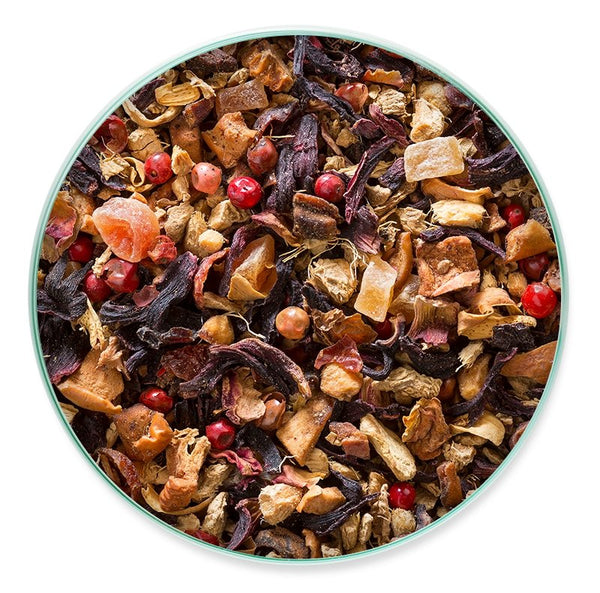
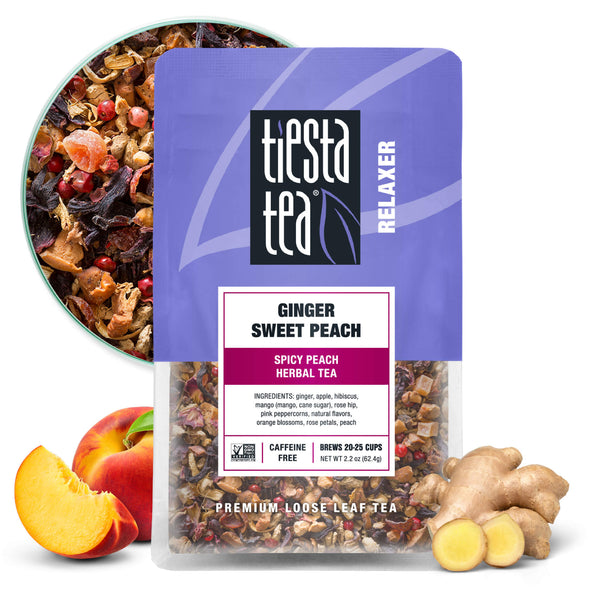
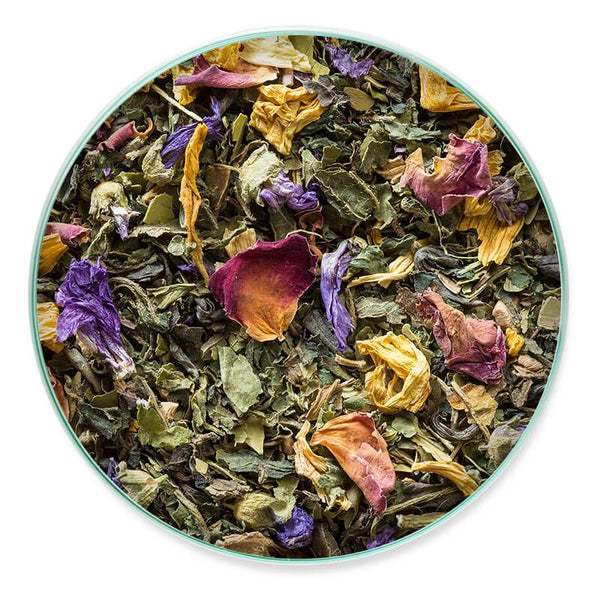
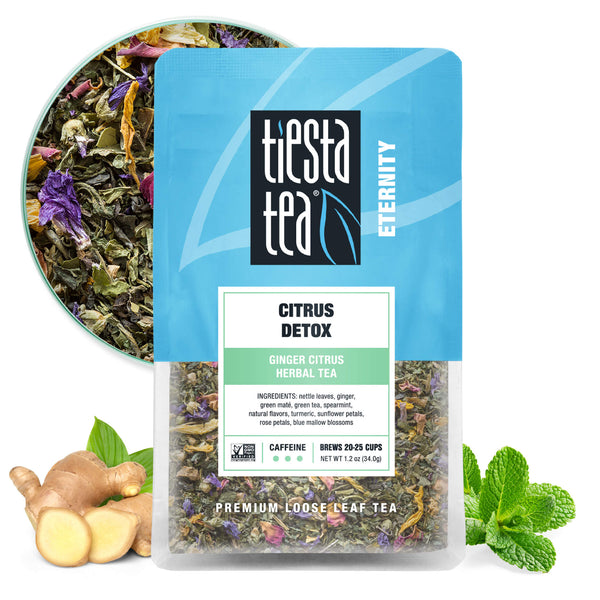
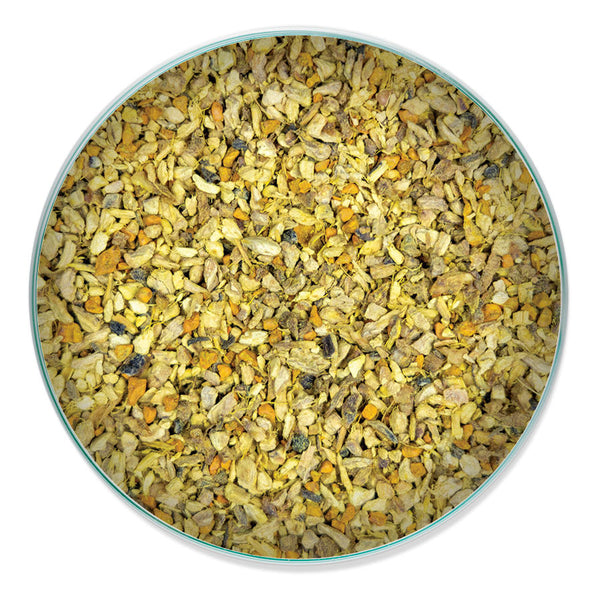
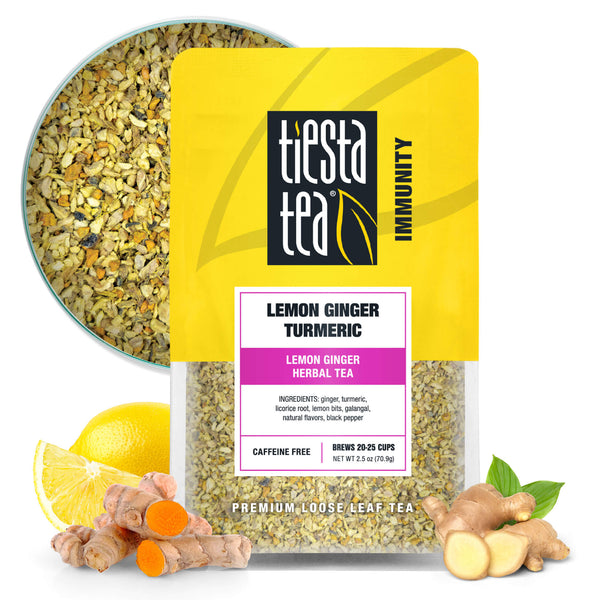
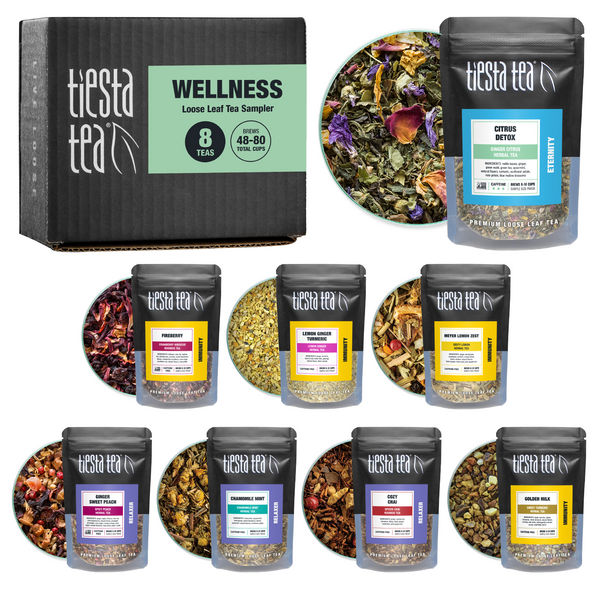
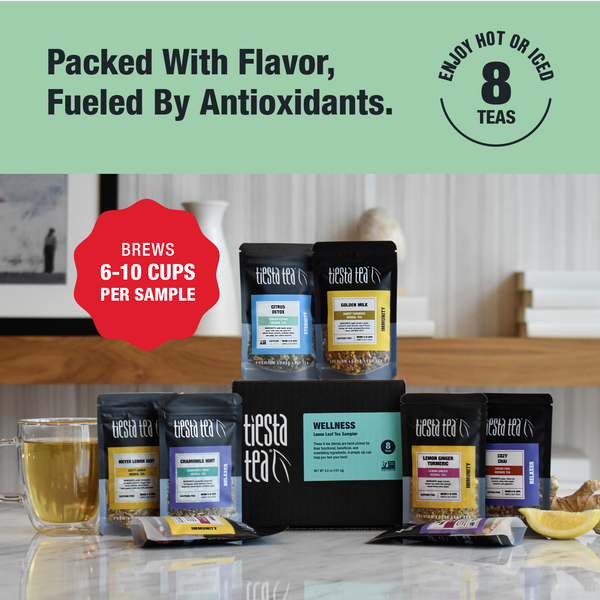


Comments
Moka says...
Thank you so much for this, so helpful and such a time saver for those of us with IBS, merci beaucoup!
On March 18, 2025
Rachel says...
Thank you so, so much for doing the leg work here! I truly can’t thank you enough for helping me figure out which of my favorite teas are still “good to go” after having my culinary world turned upside down. Just as a heads up, Chai Love steeped in a Low FODMAP approved milk or milk substitute is still a Low FODMAP beverage, with the appropriate sweetener of course. (I prefer lactose free milk and brown sugar, brewed a little weaker than normal.)
On January 14, 2025
Laura Rowe says...
Thank you for providing this resource for those of us with IBS; very helpful!
On September 23, 2021